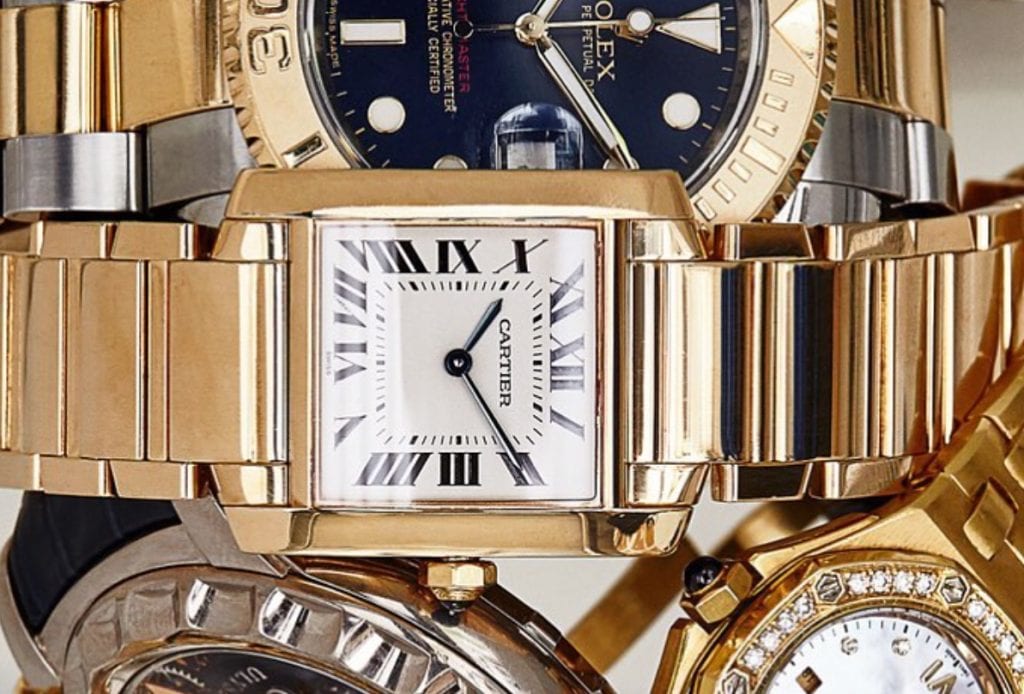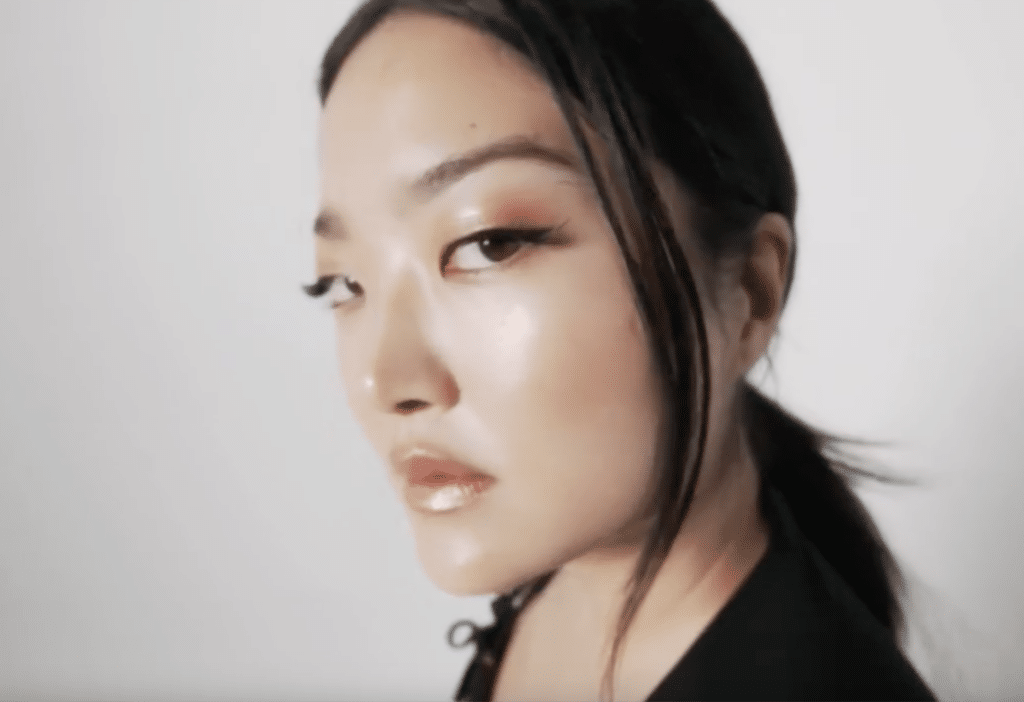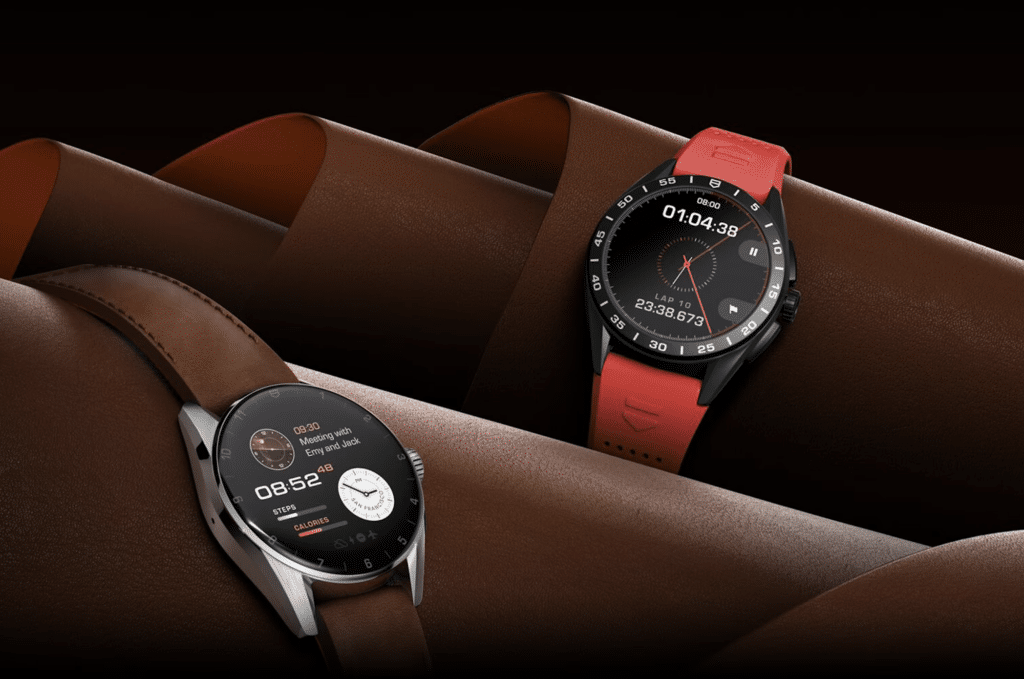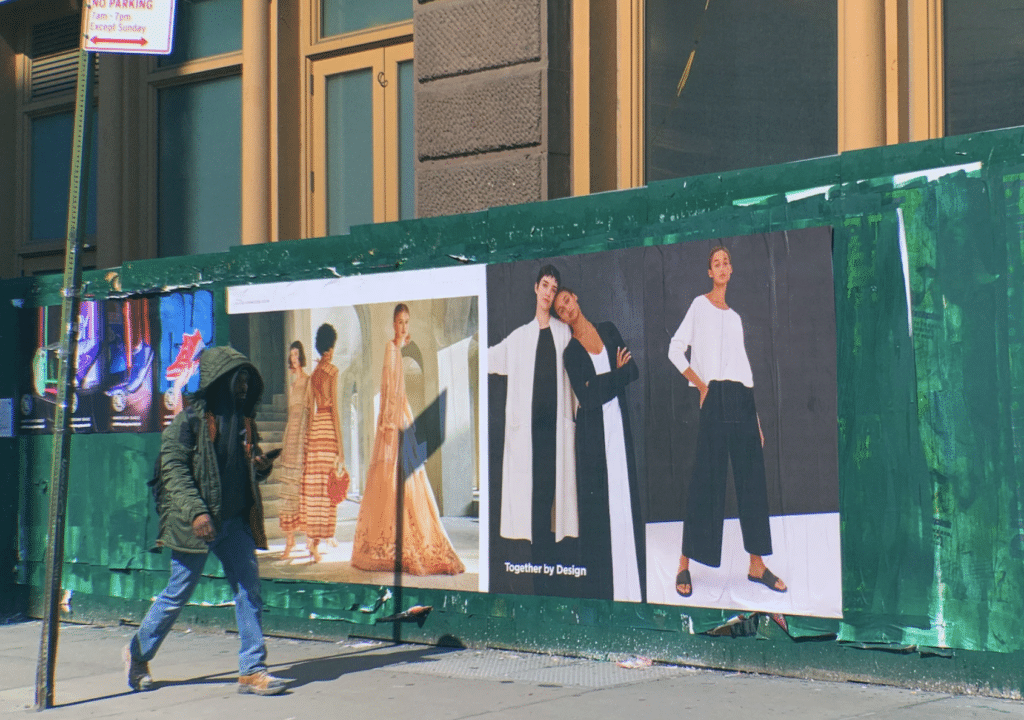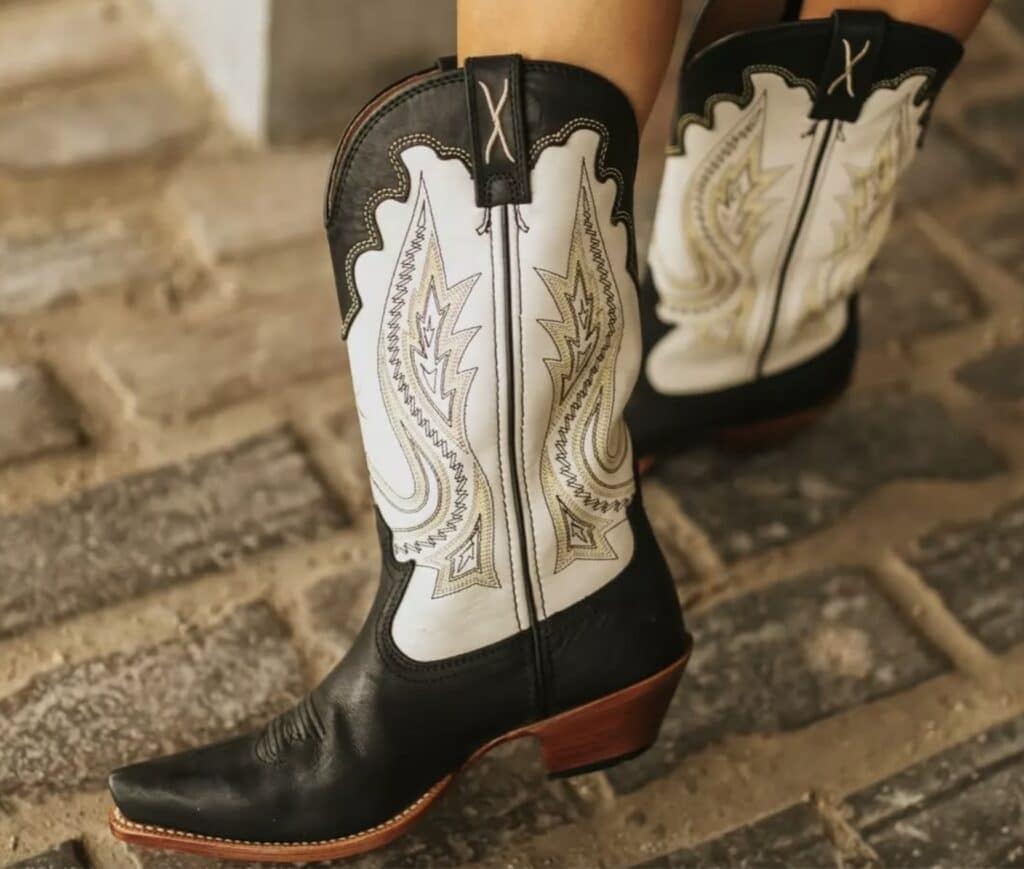Currently underway inside the halls of the High Court in the Malaysian capital of Kuala Lumpur is a trial centering on government-level corruption at the highest level. At the center of the case, one that has been coined the “largest kleptocracy case in the world,” is Najib Razak. The former Prime Minister of Malaysia is on the hook for allegedly diverting more than $4.5 billion in funds away from the public, and funneling them through 1Malaysia Development Berhad, or 1MDB, the multi-billion dollar investment fund he founded in 2009, for his own benefit and the benefit of those in his circle.
65-year old Razak – who is facing at least seven charges of criminal breach of trust, abuse of power and money laundering – arrived for his first day in court early last month after years of reported irregularities in connection with his 1MDB fund. Suspicious came to a head last year, prompting investigations that would reach beyond the border of Malaysia to the U.S., and other countries, where Razak and his wife, Rosmah Mansor, maintain residences.
In June 2018, in furtherance of those investigations, police forces raided Razak’s homes in Manhattan, California, London and Malaysia. What they left with was one of the other glaring things at the center of this fraud-of-epic-proportions: hundreds of millions of dollars’ worth of luxury goods.
To be exact, among the property seized from Razak and his wife were 12,000 pieces of jewelry – including more than a dozen tiaras – with a value of up to $220 million. One necklace, in particular, a diamond and gold sparkler, is said to be worth $1.6 million. It is most expensive single item of all of the confiscated property.
The necklace joins 423 watches, from the likes of Rolex, Richard Mille and Chopard, worth $19.3 million, and nearly 600 designer handbags. The value of the Hermès bags, alone, was more than $12.5 million. Other designer wares from Cartier, Versace and Dior were also found en masse in the Razaks’ possession.
According to Drs. Reza Tajaddini and Hassan Gholipour Fereidouni of Swinburne University of Technology in Melbourne, the case – which carries with it the prospect that Razak will spend decades behind bars – is a prime example of “the connection between corruption and luxury items.” And while the case is striking due to the size of the embezzled funds at play, the “near-absolute power” that Razak one wielded, and the role of a major American investment bank (“Malaysia has also filed criminal charges against Goldman Sachs, accusing the Wall Street bank of making false and misleading statements and defrauding investors by raising more than $6 billion for 1MDB,” per the New York Times), the baseline facts of the case – politician uses public funds for personal gains – are hardly an outlier.
As Drs. Tajaddini and Fereidouni point out, just last year, Brazilian customs officials uncovered more than $15 million in luxury watches and $1.5 million in cash in the bags of the entourage of the Vice President of Equatorial Guinea Teodorin Obiang, prompting a corruption-centric probe into Mr. Obiang – who is the son of Equatorial Guinea president Teodoro Nguema Mbasogo.
The headlines came less than a year after Swiss authorities seized 11 of his luxury cars, “including a Koenigsegg One:1 (one of just seven built, worth $2 million),” and Dutch authorities seized his $120 million super-yacht at the request of the Swiss court, “as part of an investigation into corruption and money laundering that culminated in his conviction for embezzlement, in abstentia, in a Paris court in 2017,” per the Council on Foreign Relations.
Before that, in 2014, the now-50 year old Obiang faced “U.S. Justice Department charges that he used his country’s public funds for private gain,” ultimately reaching a $30 million settlement with federal authorities, which “required him to sell his Malibu mansion, a Ferrari, and some of his Michael Jackson memorabilia.”
This list goes on and on, particularly in connection with individuals at the upper political-echelons of countries where “paying bribes to government officials to secure government contracts or operating licenses is common practice.” In those nations, luxury goods often prove an appealing alternative to cash. The benefit of such non-monetary currencies? They tend to leave a less obviously problematic transaction trail, and thus, are less likely to result in legal action against corrupt officials.
“For individuals engaged in corruption schemes, the luxury sector is significantly attractive as a vehicle to launder illicit funds,” Transparency International noted in its 2017 report Tainted Treasures: Money Laundering Risks in Luxury Markets. The Berlin-based corruption-focused non-profit found that “luxury goods, super yachts and stately homes located at upmarket addresses can also bestow credibility on the corrupt, providing a sheen of legitimacy to people who benefit from stolen wealth.”
According to Transparency International Chair José Ugaz, “The luxury sector is more than just a money laundering vehicle. The behavior of kleptocrats – government officials who seek status and personal gain at the expense of the governed – who amass millions in properties, sports cars, and art in a short period of time shows that the desire to own luxury can in fact be one of the drivers of corrupt behavior.”
In the eyes of Transparency International, laws, policies and practices needed to combat such political corruption, and the luxury spending so closely tied to it, are woefully under-developed. Anti-corruption policies need to include initiatives that monitor the workings of luxury markets and regulations that increase transparency in government-linked luxury gift-giving.
Tajaddini and Fereidouni point to the ongoing anti-corruption efforts in China – which have been spearheaded by President Xi Jinpin and involve by large-scale investigations, many of which focus on the improper use of luxury goods – as demonstrative of the merits of enacting stricter oversight and control. Since 2012, the nation’s authorities have charged almost 200 top officials and 1500 lower level officials in corruption cases totaling nearly $1 billion dollars.
There is more to it than that, though. Mr. Ugaz says that the responsibility to fight corruption extends beyond state actors to the market’s largest luxury purveyors, themselves. Of the tens of billions of dollars that luxury’s biggest conglomerates are boasting as revenues for the first quarter of 2019, at least some can likely be tied directly to white collar crime. As individuals and organizations across the globe look to alternative currencies to facilitate corrupt transactions and/or launder dirty money, some of the fashion industry’s biggest names can be found right at the center of it – with their offerings routinely being used in furtherance of such corrupt transactions.
Ugaz insists that the luxury sector is not immune to responsibility. The industry’s leaders have “to prevent public funds from being splurged on their products,” he says – “even if it means fewer sales.”







